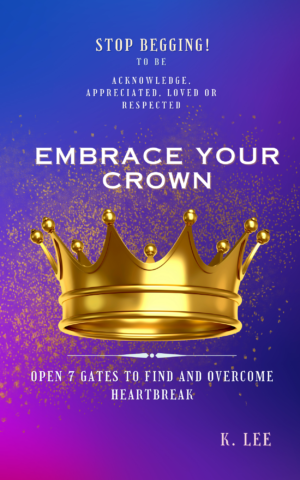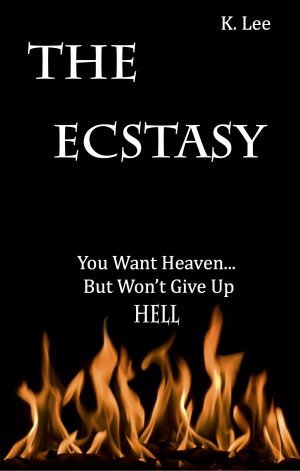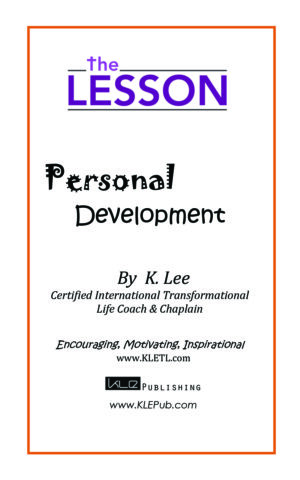
Self-Publishing vs Traditional Publishing: Which is Better?
- Introduction
- Understanding the Publishing Landscape
- Importance of Choosing the Right Path
- What is Traditional Publishing?
- Definition and Overview
- The Role of Literary Agents
- The Submission Process
- Pros of Traditional Publishing
- Professional Support and Resources
- Established Distribution Channels
- Marketing and Promotion Assistance
- Cons of Traditional Publishing
- Lengthy Approval Process
- Less Creative Control
- Lower Royalties for Authors
- What is Self-Publishing?
- Definition and Overview
- Platforms for Self-Publishing
- The Author’s Role in Self-Publishing
- Pros of Self-Publishing
- Full Creative Control
- Higher Profit Margins
- Speed to Market
- Cons of Self-Publishing
- Responsibility for All Aspects
- Marketing Challenges
- Quality Concerns
- Key Factors to Consider When Choosing
- Genre and Target Audience
- Personal Goals and Aspirations
- Budget and Financial Considerations
- Hybrid Publishing: A Middle Ground
- Definition and Overview
- Benefits of Hybrid Publishing
- When to Consider This Option
- Success Stories in Both Arenas
- Notable Authors Who Self-Published
- Traditional Publishing Success Stories
- Conclusion
- Making an Informed Decision
- Embracing Your Publishing Journey
- FAQs
- What are the initial costs of self-publishing?
- How long does the traditional publishing process take?
- Can I switch from self-publishing to traditional publishing?
- What genres are best suited for self-publishing?
- How do I market my book, regardless of the publishing path?
Self-Publishing vs Traditional Publishing: Which is Better?
In the age of digital storytelling, aspiring authors are faced with a pivotal choice: Should I self-publish or pursue traditional publishing? It’s a question that can make or break your literary dreams, and the answer isn’t as straightforward as you might think. Let’s explore both avenues and help you determine which path might be best for your writing journey!
What is Traditional Publishing?
Definition and Overview
Traditional publishing is the process where an author submits their manuscript to a publishing house, which then takes on the responsibility of publishing the book. This often involves a significant investment of resources, including editing, design, printing, and distribution.
The Role of Literary Agents
In traditional publishing, many authors seek representation from literary agents. These professionals help negotiate contracts and navigate the publishing process, increasing your chances of being accepted by a major publishing house.
The Submission Process
Submitting a manuscript traditionally typically involves preparing a query letter, a synopsis, and sometimes a sample of your writing. It’s a lengthy process that can take months or even years, with no guarantee of acceptance.
Pros of Traditional Publishing
Professional Support and Resources
One of the biggest advantages of traditional publishing is the access to a team of professionals. You’ll benefit from editors, cover designers, and marketing teams who can help refine your work and get it into the hands of readers.
Established Distribution Channels
Traditional publishers have established relationships with retailers, which means your book is more likely to be stocked in bookstores and libraries. This visibility can be a significant boost for new authors.
Marketing and Promotion Assistance
Most traditional publishers offer marketing and promotional support. They might arrange book tours, signings, and promotional materials, giving your book a better shot at success.
Cons of Traditional Publishing
Lengthy Approval Process
The path to publication through traditional means can be a long one. Authors often face months of waiting for feedback from agents and publishers, leading to frustration and uncertainty.
Less Creative Control
When you sign a contract with a traditional publisher, you often surrender some creative control over your work. The publisher may request changes to your manuscript, cover design, or even the title of your book.
Lower Royalties for Authors
While traditional publishing provides many services, it often comes with lower royalty rates compared to self-publishing. Authors typically earn a percentage of the book’s sales, which can be less favorable than the profits gained from self-publishing.
What is Self-Publishing?
Definition and Overview
Self-publishing is the process where authors independently publish their books, taking on all aspects of the publishing journey. This includes writing, editing, design, and marketing.
Platforms for Self-Publishing
There are numerous platforms available for self-publishing, such as Amazon Kindle Direct Publishing (KDP), IngramSpark, and Smashwords. Each platform offers different tools and distribution options to suit your needs.
The Author’s Role in Self-Publishing
As a self-published author, you wear many hats! You are responsible for everything from writing and editing to cover design and marketing, making it a hands-on approach.
Pros of Self-Publishing
Full Creative Control
One of the most appealing aspects of self-publishing is the ability to maintain creative control over every aspect of your book. You get to decide everything from the content to the cover design.
Higher Profit Margins
Self-published authors typically enjoy higher profit margins compared to their traditionally published counterparts. Since you retain more control over pricing and royalties, you can keep a larger share of your book sales.
Speed to Market
The self-publishing route allows you to publish your book much faster. Once your manuscript is complete, you can format and release it, bypassing the lengthy approval process of traditional publishing.
Cons of Self-Publishing
Responsibility for All Aspects
While having full control can be liberating, it also means you’re responsible for everything. From editing to marketing, it can be overwhelming if you’re not prepared.
Marketing Challenges
Self-published authors often face significant marketing challenges. Without the backing of a traditional publisher, you may need to invest time and money into promoting your book to reach your target audience.
Quality Concerns
There can be a stigma around self-published books regarding quality. Without professional editing and design, some self-published books may lack the polish that traditional publishing provides.
Key Factors to Consider When Choosing
Genre and Target Audience
Different genres have varying success rates in traditional vs. self-publishing. For instance, romance and science fiction often do well in self-publishing, while literary fiction may find a more favorable audience through traditional routes.
Personal Goals and Aspirations
Consider what you want to achieve as an author. Are you looking for broad distribution and recognition, or do you want to retain full creative control and publish quickly?
Budget and Financial Considerations
Evaluate your financial situation. Traditional publishing may require less upfront investment, while self-publishing can offer higher profits but may necessitate spending on editing, design, and marketing.
Hybrid Publishing: A Middle Ground
Definition and Overview
Hybrid publishing combines elements of both traditional and self-publishing. Authors can choose to work with a publisher while retaining some creative control and a larger share of royalties.
Benefits of Hybrid Publishing
This approach allows authors to benefit from professional support while maintaining greater involvement in the publishing process. It can be an attractive option for those who want the best of both worlds.
When to Consider This Option
If you’re torn between self-publishing and traditional publishing, hybrid publishing could be a great fit. It’s especially useful for authors who have already self-published and are looking to expand their reach.
Success Stories in Both Arenas
Notable Authors Who Self-Published
Many successful authors began their careers through self-publishing, including E.L. James, author of Fifty Shades of Grey, and Amanda Hocking. Their stories inspire countless writers to take control of their publishing journeys.
Traditional Publishing Success Stories
On the other hand, authors like J.K. Rowling and Stephen King have seen tremendous success through traditional publishing, benefiting from the resources and marketing support that established publishers provide.
Conclusion
When it comes to choosing between self-publishing and traditional publishing, there’s no one-size-fits-all answer. Both paths have their merits and challenges, and the best choice depends on your unique goals, genre, and preferences. Whether you decide to retain full control over your book or collaborate with a publisher, what matters most is that you embrace your journey as a writer and share your story with the world!
FAQs
1. What are the initial costs of self-publishing?
Self-publishing costs can vary widely but typically include editing, cover design, and marketing expenses, which can total anywhere from a few hundred to several thousand dollars.
2. How long does the traditional publishing process take?
The traditional publishing process can take anywhere from several months to a few years, depending on various factors like submission processes and revisions.
3. Can I switch from self-publishing to traditional publishing?
Yes, it’s possible to transition from self-publishing to traditional publishing, especially if your self-published book gains traction and attracts attention from agents or publishers.
4. What genres are best suited for self-publishing?
Genres like romance, science fiction, fantasy, and thrillers often do well in self-publishing due to their dedicated readerships.
5. How do I market my book, regardless of the publishing path?
Marketing strategies can include social media promotion, author websites, book signings, and utilizing email newsletters to engage with readers.





